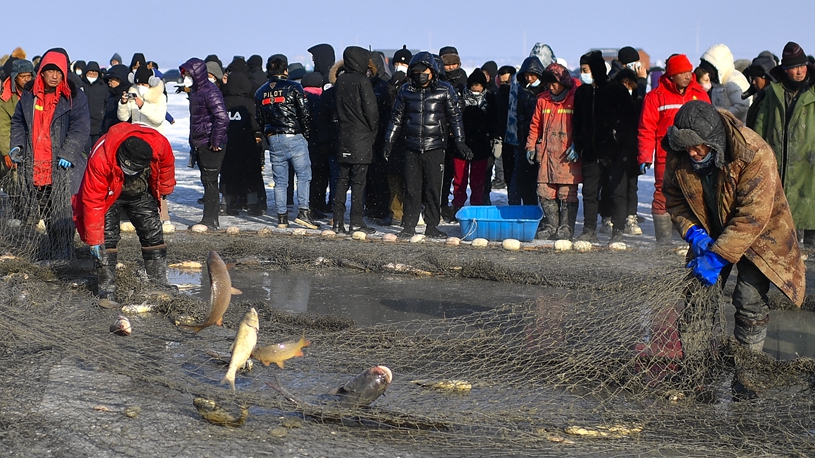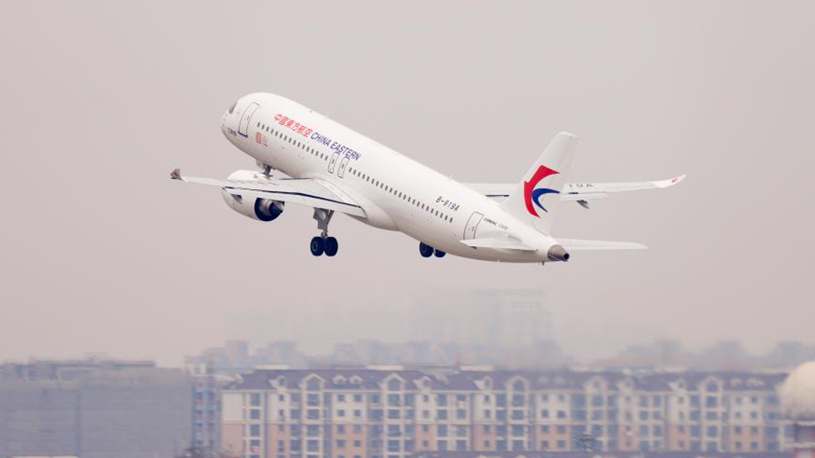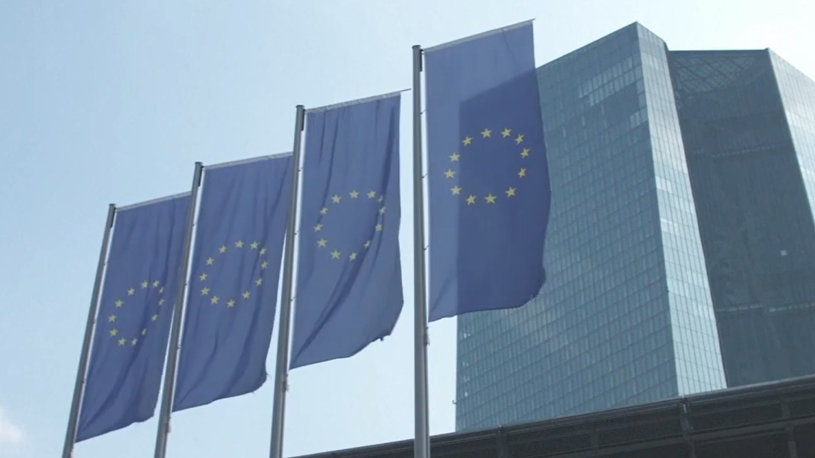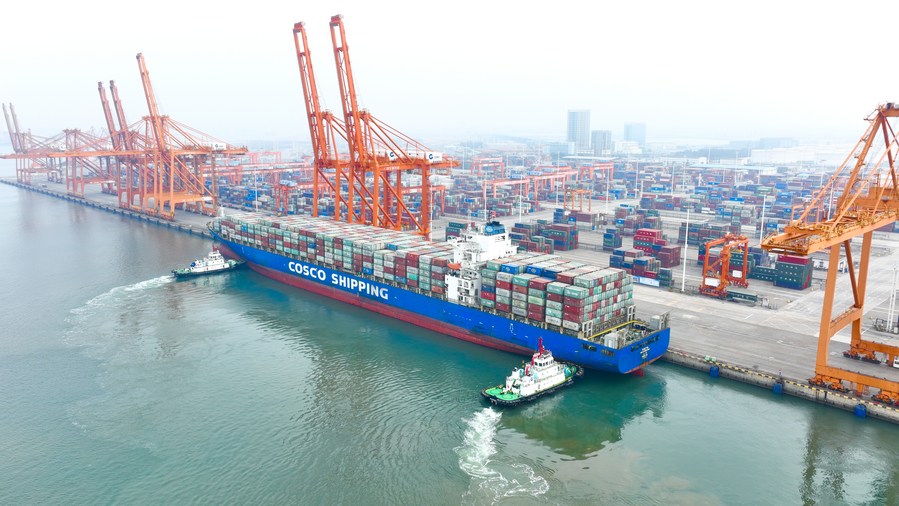
Photo taken on March 2, 2022 shows the container terminal of Qinzhou Port in south China's Guangxi Zhuang Autonomous Region. (Xinhua)
With the RCEP, "we have seen the commitment of member countries' trying to liberalize and facilitate trade among member countries as well as the facilitation of regional supply chain," a Thai commerce official has said.
BANGKOK, Dec. 29 (Xinhua) -- The Regional Comprehensive Economic Partnership (RCEP), since its entry into force in January, has enhanced trade liberalization and investment facilitation, and strengthened regional supply chain and economic integration, a Thai commerce official has said.
The RCEP, which groups 10 Association of Southeast Asian Nations (ASEAN) countries, as well as China, Japan, South Korea, Australia and New Zealand, has come "at the right time" as the pandemic weighs on the world economy while open trade remains important to post-pandemic recovery, Auramon Supthaweethum, director-general of the Department of Trade Negotiations under Thailand's Ministry of Commerce, said in a recent interview with Xinhua.
With the RCEP, "we have seen the commitment of member countries' trying to liberalize and facilitate trade among member countries as well as the facilitation of regional supply chain," she said.

A worker arranges durians at a durian processing factory in the Chanthaburi province, Thailand, May 5, 2022. (Xinhua/Wang Teng)
Under the pact, trade is facilitated by the tariff reduction and elimination, the liberalization of trade in services and investment, as well as the unified rules of origin, regulations concerning e-commerce, small and medium-sized enterprises (SMEs) and customs procedures, she said.
Taking Thailand as an example, she said that the RCEP has helped enhance the country's trade with RCEP member countries, which accounts for around 60 percent of Thailand's total foreign trade volume.
In the first nine months of the year, Thailand's trade with RCEP member countries climbed 10.1 percent year on year to 252.73 billion U.S. dollars, official data showed.
The RCEP's cumulative rules of origin are modern and flexible, under which an RCEP firm can accumulate sourcing materials from other RCEP partners to produce finished goods and take advantage of preferential tariffs, and help enhance regional economic integration, Auramon said.
Hailing the agreement as comprehensive, she said that it comprises a chapter on technical and economic cooperation, a chapter on e-commerce to facilitate e-commerce trade, and a chapter on SMEs as "it recognizes that not only large companies can get benefit from the agreement. SMEs are also important."
"It also provides policy space and transitional period for developing country members to adjust themselves so that they can also achieve the benefit," said the official.
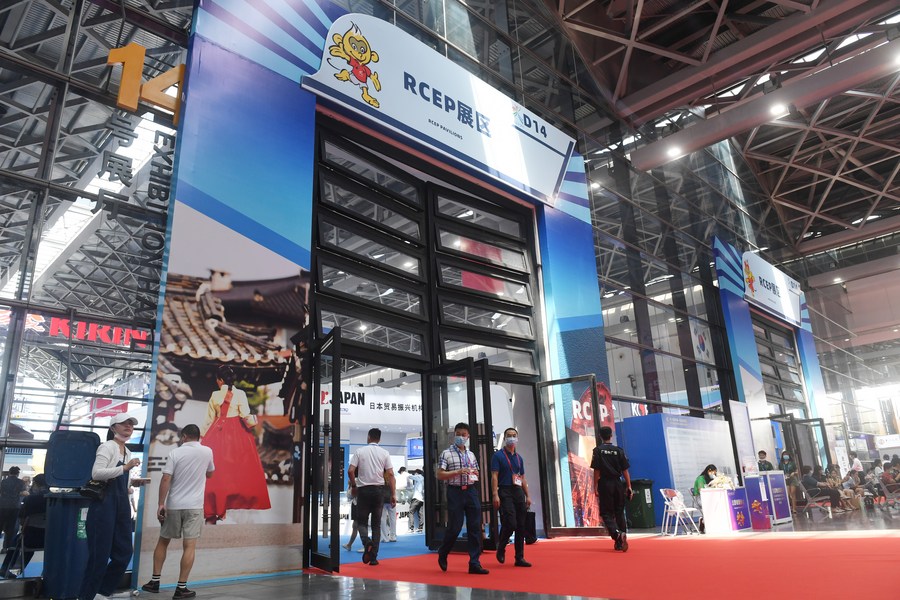
People visit the RCEP pavilions during the 19th China-ASEAN Expo in Nanning, south China's Guangxi Zhuang Autonomous Region, Sept. 18, 2022. (Xinhua/Lu Boan)
As the RCEP covers a massive market and consumer group, it means that if businesses want to benefit from RCEP's tariff preferences, they have to move in the region, leading to increasing investment in the region, she said.
Speaking highly of the role that China has played in the RCEP, she said: "China is very important. It has helped the making of the RCEP agreement."
"Member countries can get benefit by working with China in the RCEP agreement," she said, noting that member countries can benefit from importing products from and exporting goods to China.
"The RCEP is not a closed agreement. It provides opportunity for new members to join the agreement," Auramon said. ■


